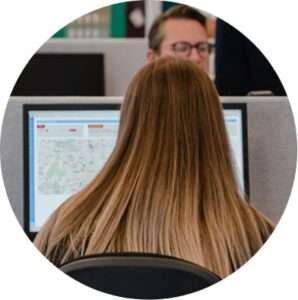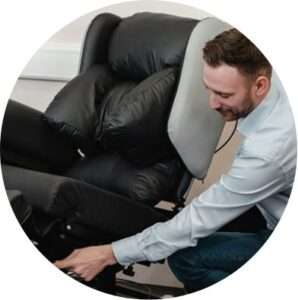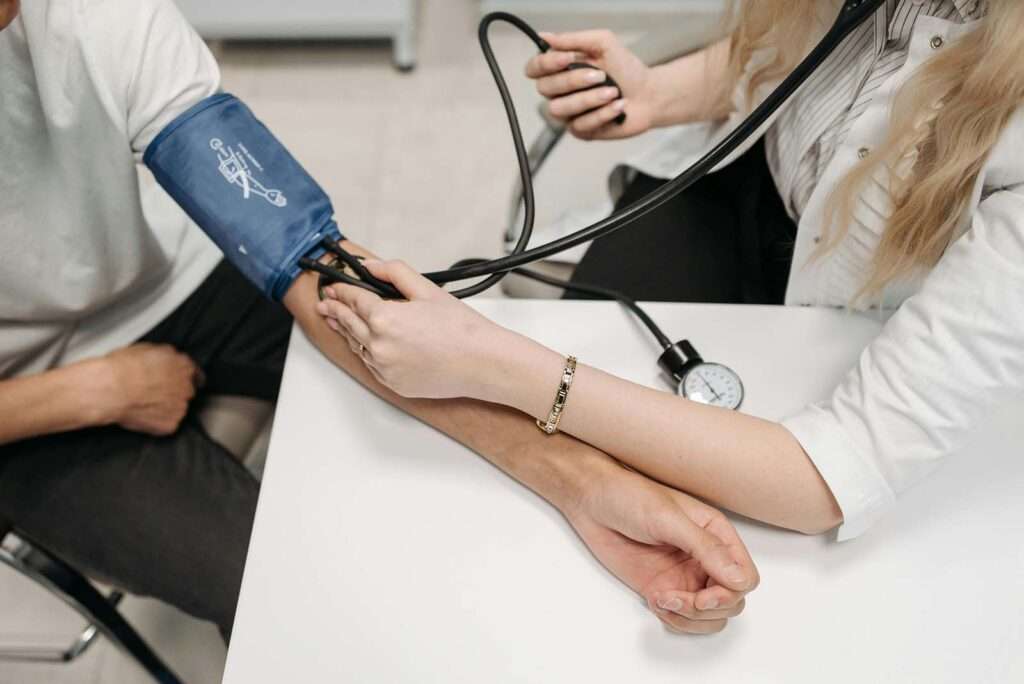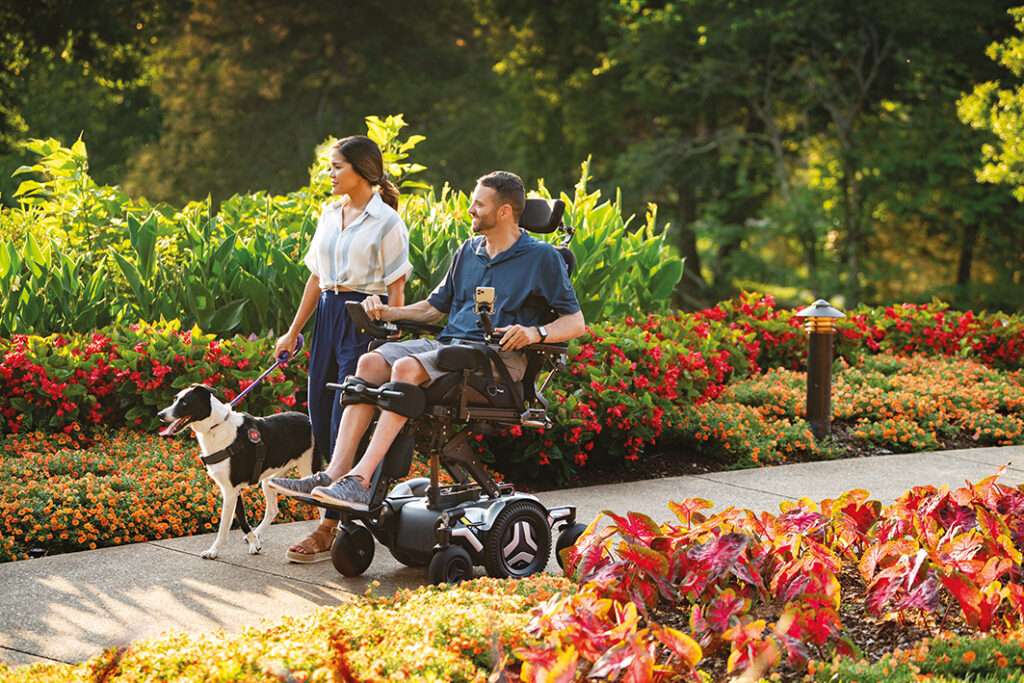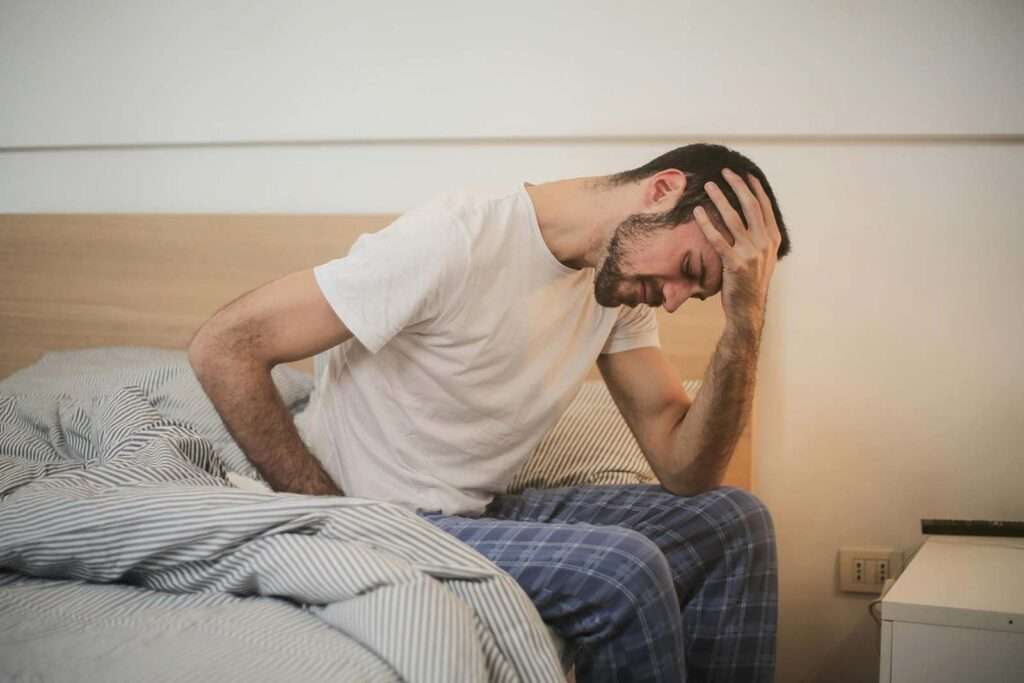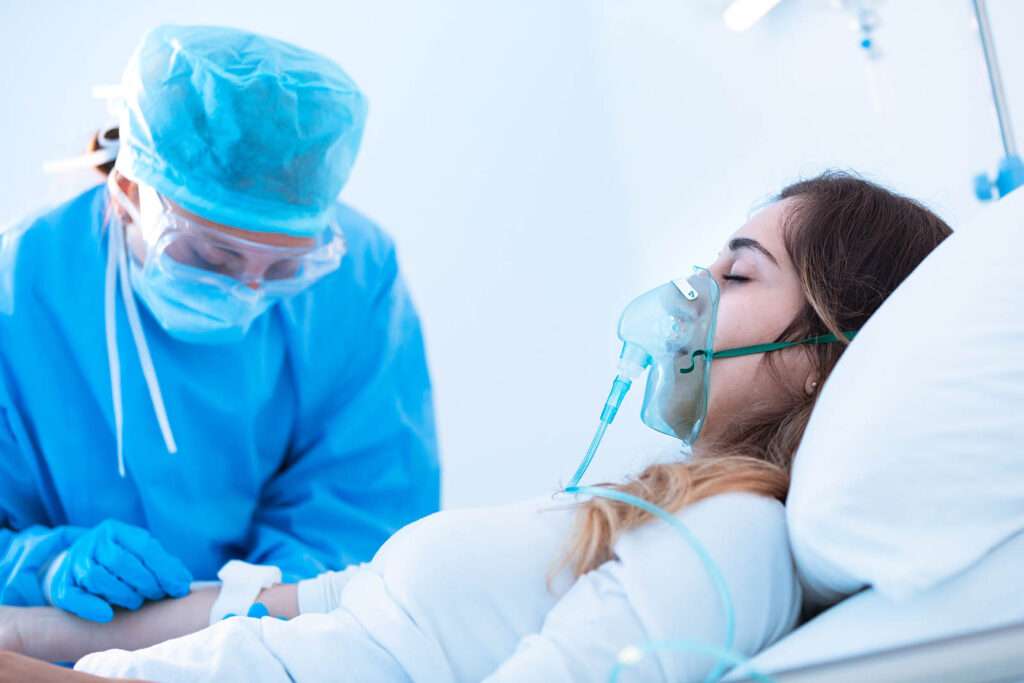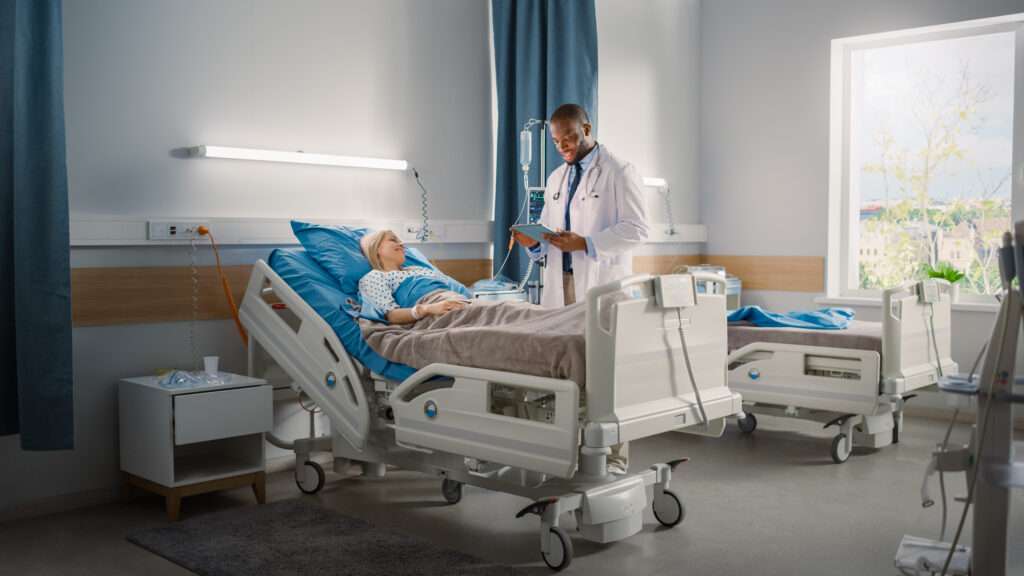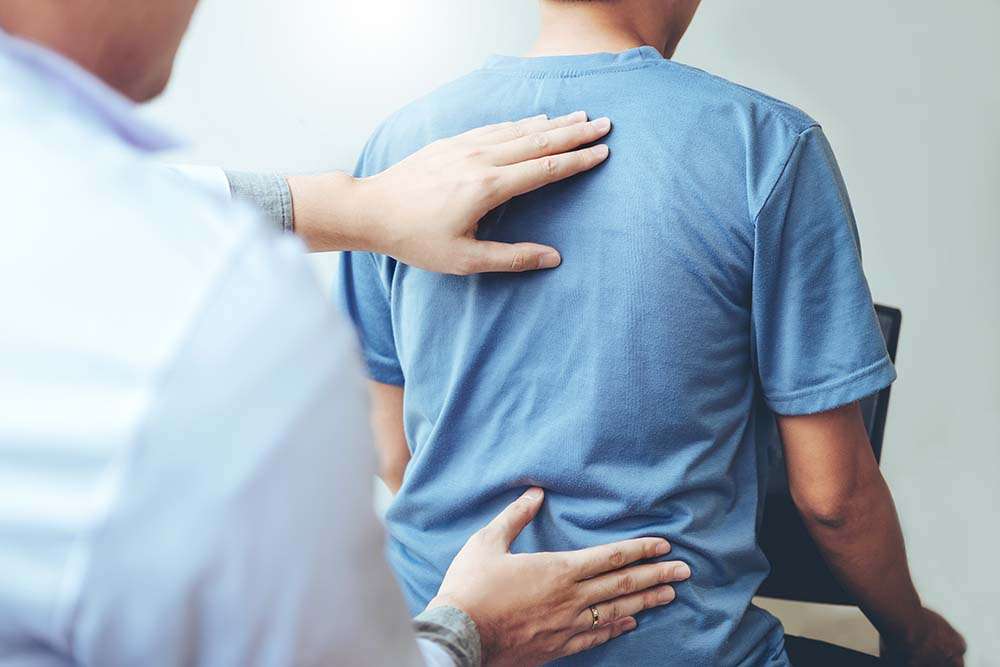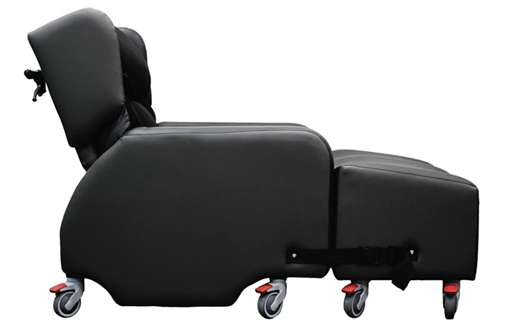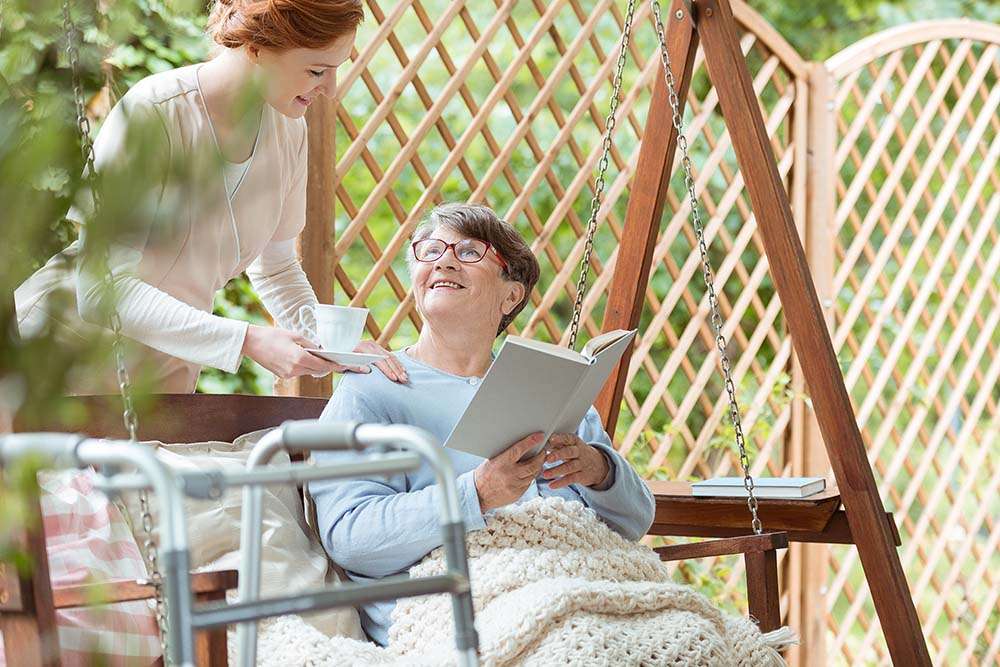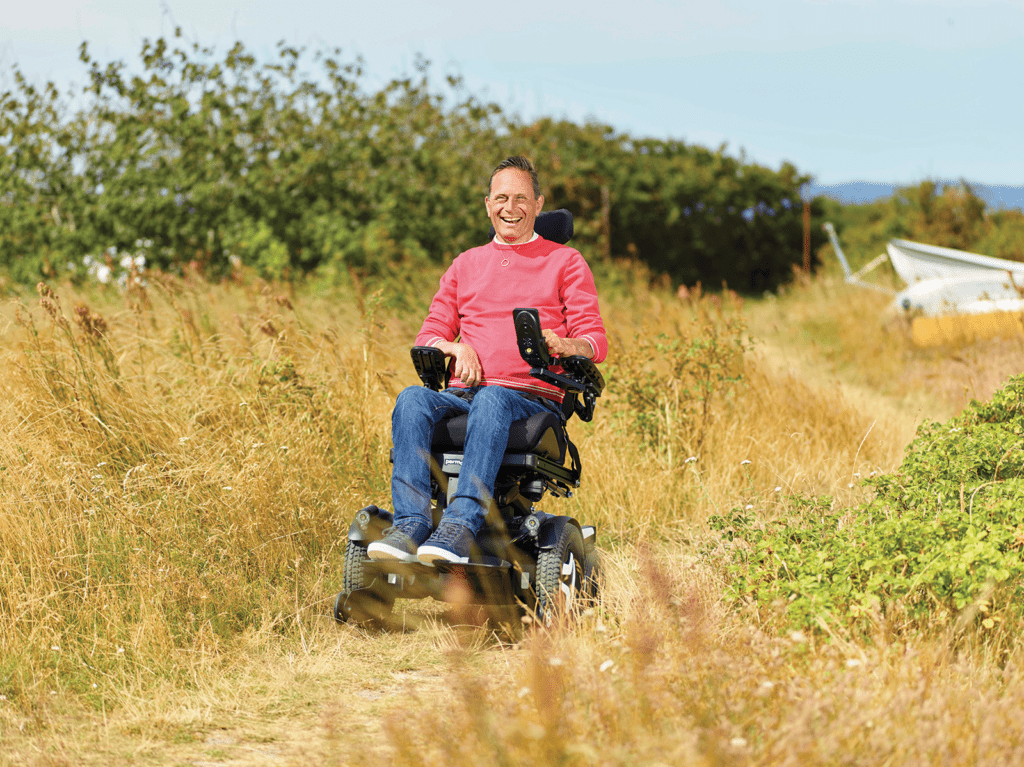The Raizer Emergency Lifting Chairs continue to grow in popularity.
The original lifting design lets you quickly and safely lift up an un-injured fallen person from the floor in minutes!
Raizer 2 Lifting Chair
The fully electric Raizer 2 electric lifting chair is a tech enabled single handed falls response aid and can be controlled by buttons on the Raizer 2 seat unit or by a wireless remote control.
The Raizer 2 Lifting Chair ideal for single handed falls response that reduces the risk of moving and handling greatly and can perform up to 80 lifts on a single charge!
How Much does the Raizer 2 Cost in the UK?
From 1 Aug 2023, the UK price for the Raizer 2 Emergency Lifting Chair is £3,997 (exc VAT) or £4,796.40 (inc VAT).
Tech-Enabled Falls Response
Raizer M Lifting Chair
The Raizer M Manual Lifting Chair is a more cost effective, and manually controlled version of the Raizer 2 electric lift chair.
With the same chair lift design on offer, the Raizer Manual is controlled by a smooth turn handle that slides into the side of the seat unit.
The manually operated Raizer M is a more affortable option of the fully electric Raizer 2 lifting chair.
How Much does the Raizer M Cost in the UK?
From 1 Aug 2023, the UK price of the Raizer M Emergency Lifting Chair is £1955 (exc VAT) or £2346 (inc VAT).
Smarter Patient Lifting Equipment
However, there are costs associated with the current methods of non-injurious falls response.
These costs are incurred by care homes and fall assistants, community-based falls response teams, councils, ambulance and emergency services amongst others.
There are also system costs associated with the current method of non-injurious falls response, from increased pressures on hospitals resulting from A&E admissions, to added responsibility to ambulance crews that are tasked with providing falls response in the community across the UK.
How much do falls cost the NHS?
Falls are a significant cost to the National Health Service (NHS) in the UK. According to the Royal Society for the Prevention of Accidents (RoSPA), falls are estimated to cost the NHS more than £2.3 billion per year.
This includes the cost of emergency hospital admissions, inpatient care, outpatient appointments, and rehabilitation services. The cost may vary depending on the severity and complexity of the fall and the associated injuries.
Non-Injurious Falls
Falls are a common occurrence among older people in the UK, and both injurious and non-injurious falls are a significant public health concern.
According to the Royal Society for the Prevention of Accidents (RoSPA), around one in three adults over the age of 65 experience a fall each year, and falls are the leading cause of accidental death in this age group.
However, many falls do not result in serious injury, and it is estimated that around 70% of falls in this age group result in no physical harm.
Despite this, non-injurious falls can still have a significant impact on an individual’s quality of life and independence and can increase the risk of future falls and injuries.
Therefore, preventing all falls, regardless of their severity, is an important public health goal.
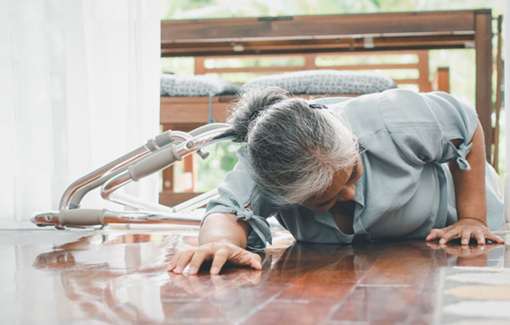
The Cost of Non-Injurious Falls
Non-injurious falls are also a concern for the National Health Service (NHS) as they can lead to increased anxiety and a loss of confidence in older people, which can ultimately lead to a reduction in their mobility and independence.
While the direct healthcare costs associated with non-injurious falls may be lower than those for falls resulting in injury, they can still result in increased healthcare utilization and costs.
Non-injurious falls can also have indirect costs associated with them, from a need for increased social care following a fall event, or a generally reduced quality of life.
Therefore, preventing falls in older people is an important public health priority.
Where Do Non-Injurious Falls Occur?
Non-injurious falls can take place in a variety of settings, both indoors and outdoors. Common locations for non-injurious falls among older people include:
- In and around the home, particularly in areas with poor lighting, clutter, or uneven surfaces.
- Public areas such as sidewalks, parks, and shopping centres.
- Healthcare facilities, such as hospitals or clinics.
- Recreational areas, such as gyms or sports facilities.
- Workplaces, particularly those with physical demands or hazardous conditions.
It’s worth noting that falls can occur anywhere, and the location may vary depending on an individual’s daily activities and routines.
Non-Injurious Falls in Hospitals
Non-injurious falls can also occur in hospitals, and they are a significant concern for healthcare providers.
Hospitalised patients, particularly older adults, are at an increased risk of falls due to factors such as medication use, mobility impairment, and confusion.
According to the National Health Service (NHS) in the UK, falls are the most commonly reported patient safety incidents, with up to 250,000 falls reported in hospitals each year.
Non-injurious falls in hospitals can still have significant consequences for patients, including psychological distress, increased length of hospital stay, and delayed recovery.
Therefore, healthcare providers have implemented a range of fall prevention strategies, including regular patient assessments, environmental modifications, and staff education and training, to reduce the risk of falls and promote patient safety.
How the Raizer Lift Chair Can Help | Reduce the Associated Cost of Non-Injurious Falls
The costs associated with non-injurious falls where a low strength person is unable to get themselves back on their feet are not just monetary.
Long lies on the ground after a fall can greatly impact the physiological state of a reduced mobility individual.
Reduce Long Lie Times & Alleviate System Pressures
With access to the Raizer lifting chair(s) a falls assistant can respond to a non-injurious fall and pick up a fallen person from the ground in under 5 minutes.
As a result, this removes the need to call an ambulance when ambulance response times are already at a low with emergency services being stretched across the UK.
The Raizer enables rapid falls response, greatly alleviating emergency service system pressures.
Single Handed Falls Response
The Raizer lifting chair can also be operated by just one falls assistant, giving the chair lift an advantage over more cumbersome lifting equipment such as hoists and inflatable cushions.
Take a look at our lifting cushion vs Raizer comparison to see which lifting solution is right for you.
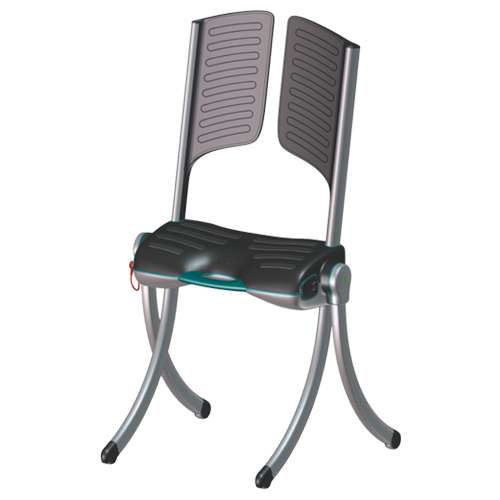
Raizer II lifting chair
How Much Does It Cost to Service & Maintain the Raizer M Lifting Chair?
Another difference between the Raizer M and the Raizer 2 lifting chairs is in the operating costs associated with ongoing servicing and maintenance to keep the chair lift in its optimum condition.
Due to its lack of motors or electrical components and manual operation, the Raizer M doesn’t require servicing.
This is more cost-effective from a maintenance point of view but is a trade off as the manual operation means that the lifting process of the Raizer M Manual isn’t as quick as the electric Raizer 2 chair lift.
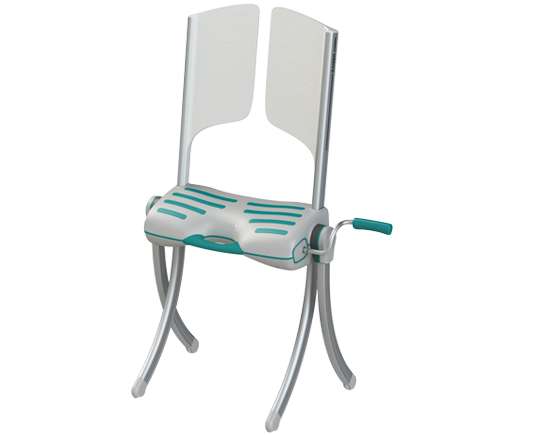
Raizer M lifting chair
How Much Does It Cost to Service & Maintain the Raizer 2 Lifting Chair?
The Raizer 2 lifting chair requires slightly more upkeep and ongoing maintenance than the Raizer M due to the electrical components that allow its smooth and stable remote controlled chair lift.
The Raizer 2 is not subject to LOLER lifting regulations, as it is a floor lift chair that is unlike a hoist. This means that the Raizer 2 doesn’t require servicing every 6 months unlike other lifting equipment that is used to pick up a fallen person from the floor.
As a result, the Raizer 2 requires an annual service, which costs between £150-£250 depending on your location in the UK.
Are the Raizer Lifting Chairs Covered by a Warranty?
The Raizer lifting chair comes with a 2-year warranty, which we provide on the condition that we service the Raizer within the first 12 months.
The warranty covers manufacturing defects only, not accidental damage or user error.
How Much Do Raizer Lifting Chair Replacement Parts Cost?
Additional parts can be purchased individually or as a pack. Some of the most common parts that service users replace are:
- Top seat plate
- Bottom seat plate
- Charger (Raizer 2)
- Remote control (Raizer 2)
- Backrest paddles
- Interchangeable Legs
- Lap belts
Prices of these parts range from belts at £28 to a remote control at £195. Contact us for a parts and price list – discounts are available for purchase of entire parts packages.
How Much Do Raizer Lifting Chair Accessories Cost?
A range of accessories and attachments that make the Raizer M and Raizer 2 lifting chairs more convenient when carrying and add more stability and safety to the chair lift experience are available to purchase.
Accessory prices range from £30 to £200, associated costs are the same for both versions of the Raizer emergency lifting chairs.
My Raizer Lifting Chair Has a Problem. How Much Will Fixing It Cost?
If you have a problem with your Raizer, our on-site callout charges range between £100 and £200, as with an extra mileage charge for distances further than 80 miles from our office in Harrogate, North Yorkshire.
Servicing Contracts for the Raizer Lifting Chair
For your peace of mind, ongoing care and servicing contracts are available to keep our Raizer lifting chair in the best condition and typically last for a 3—5-year period.
This servicing option is ideal for the owners of several Raizer lifting chairs across multiple locations, this option is mostly used by emergency and ambulance services, community-based falls response teams and other non-residential purchases of the Raizer lifting chair.
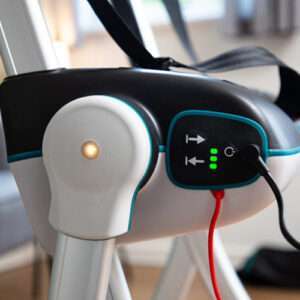
Our Raizer servicing contracts provide access to:
- Planned Annual Servicing and your own dedicated account manager.
- Remote Technical Support (varies depending on level of contract)
- Guaranteed Response Times
- Reduced Rates for Callouts and Parts
- Fast Video or Phone Access to Our Trained Engineers (varies depending on level of contract)
Smarter Falls Response
For more information on the costs associated with servicing, maintenance and of the Raizer, visit our dedicated Raizer servicing cost page.

